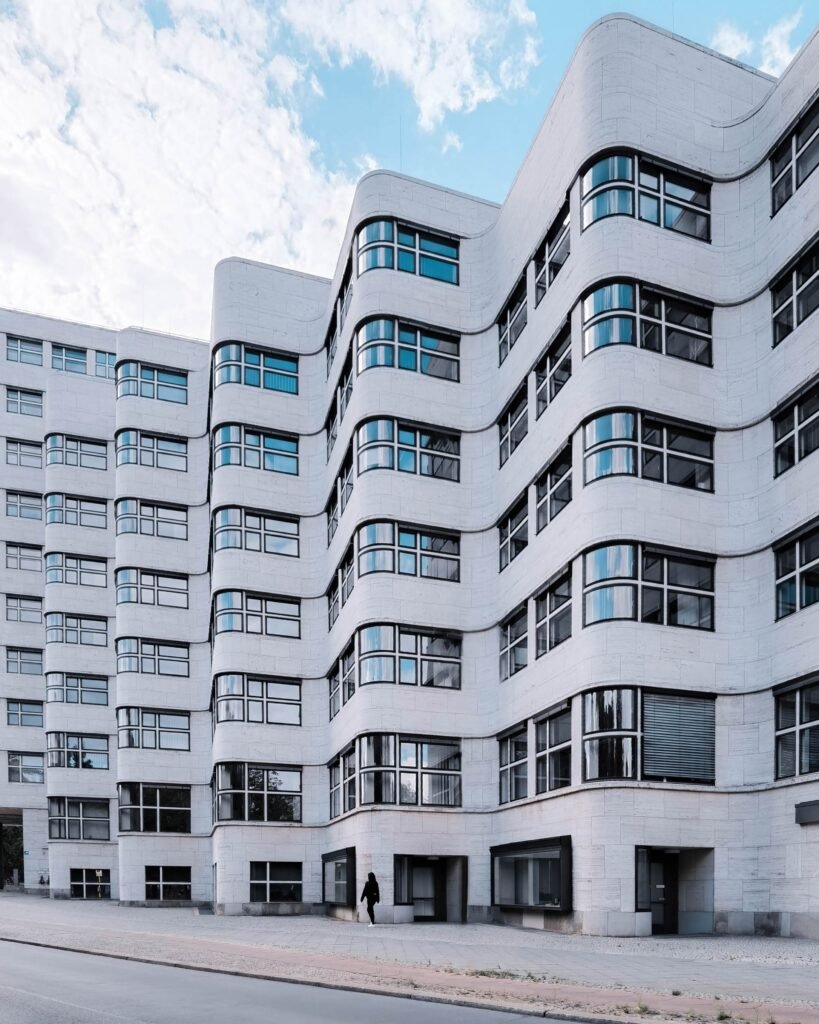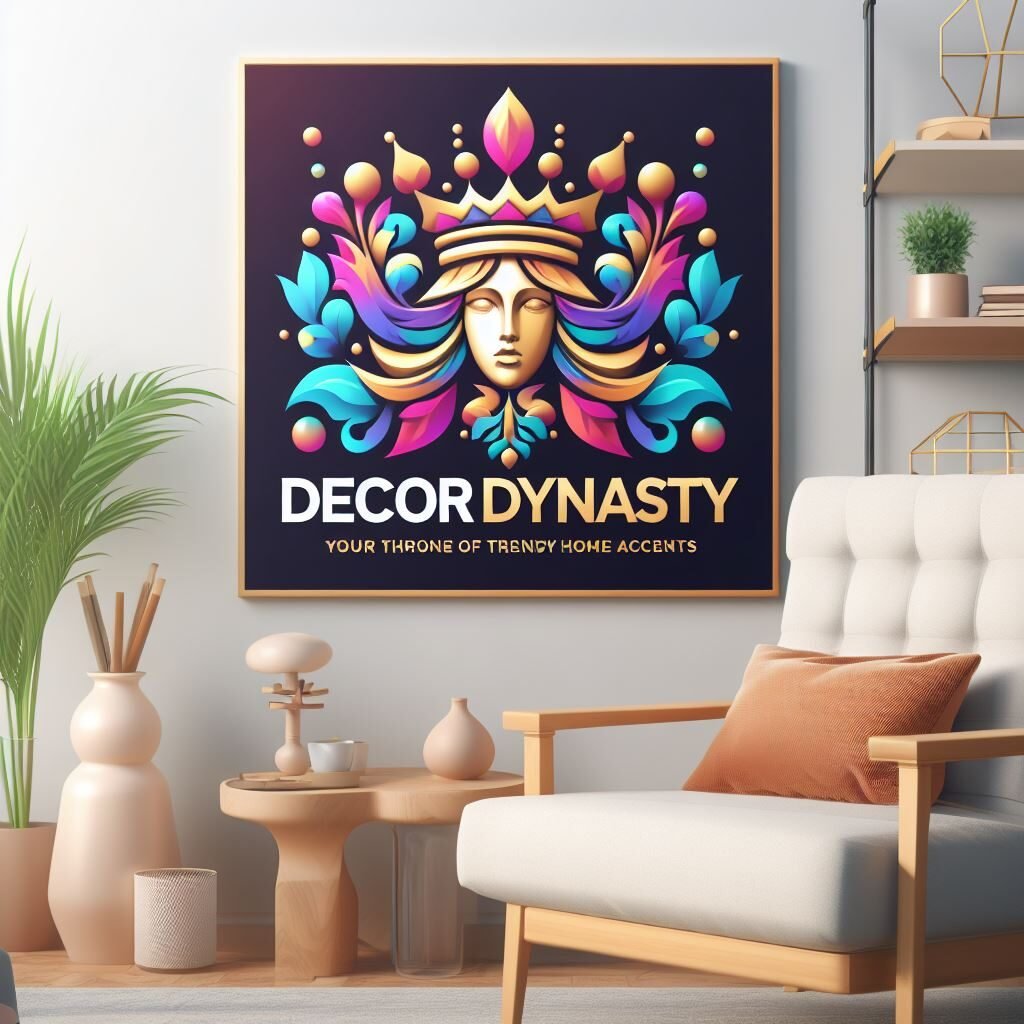Looking to revamp your living space but unsure how to seamlessly combine different décor trends? Look no further! In this article, we will explore the art of mixing various décor styles to create a harmonious and stylish ambiance in your home. Whether you’re drawn to modern minimalism or rustic charm, we’ve got you covered. With a few simple tips and tricks, you’ll be able to effortlessly blend different design elements and create a space that reflects your unique personality and style. So, let’s dive in and discover how you can mix décor trends to achieve the perfect balance in your home!

Finding Your Style
Identify Your Personal Preferences
When it comes to decorating your space, it’s essential to identify your personal preferences. What kind of atmosphere do you want to create? Are you drawn to a more relaxed, casual style, or do you prefer a more formal and elegant look? Take some time to think about the types of colors, patterns, and materials that you are naturally drawn to.
Consider Your Lifestyle
Another important factor to consider when finding your style is your lifestyle. Think about how you use each room in your home. Do you have young children or pets? If so, you may want to choose furniture and materials that are durable and easy to clean. On the other hand, if you enjoy hosting formal dinner parties, you may want to focus on creating a more sophisticated and elegant space.
Research Different Styles
To find your style, it’s crucial to do some research and explore different design styles. Look through magazines, browse online platforms, and even visit local furniture stores to get inspiration. Pay attention to the elements that define each style, such as color palettes, furniture choices, and overall ambiance. Take note of what resonates with you and what doesn’t. This research will help you narrow down your style preferences and guide you in creating a cohesive and personalized space.
Understanding Décor Trends
Stay Updated with Current Trends
Keeping up with current décor trends can be an exciting way to refresh your space. Follow design blogs, read interior design magazines, and subscribe to newsletters to stay informed about the latest trends. Remember, trends can change quickly, so it’s essential to approach them as a source of inspiration rather than blindly following them. Incorporate trends that align with your personal style and complement your existing décor.
Know the Characteristics of Different Styles
Understanding the characteristics of different styles is key to incorporating them into your space seamlessly. Whether you prefer the timeless elegance of traditional design or the sleek minimalism of modern aesthetics, each style has its own unique features. Educate yourself about the key elements and design principles that define various styles, allowing you to make informed choices when combining them.
Identify Popular Color Palettes
Colors play a significant role in home décor, setting the mood and energy of a space. Stay up-to-date with popular color palettes in interior design to keep your home feeling fresh and modern. From soothing neutrals to vibrant hues, each palette has its own personality. Consider how different colors make you feel and how they can enhance your overall style. Experimenting with different color schemes can breathe new life into your space and create an atmosphere that suits your taste and lifestyle.
Identifying Key Elements
Furniture Selection
Choosing the right furniture is crucial in defining the style of your home. Consider both form and function when selecting pieces. Focus on finding pieces that resonate with your personal style, whether it’s sleek and modern or cozy and rustic. Pay attention to the materials, finishes, and shapes of each furniture piece to ensure they align with your overall aesthetic.
Textiles and Patterns
Textiles and patterns add depth, texture, and visual interest to your space. They can help tie different design elements together and inject personality into a room. Consider incorporating fabrics, rugs, and curtains that feature patterns that either complement or contrast with your furniture and color scheme. Mixing different textures and patterns adds visual intrigue and creates a dynamic and layered space.
Lighting Choices
Lighting is essential in setting the mood and atmosphere of your space. It can enhance architectural features, highlight artwork, and create focal points. Consider a combination of ambient, task, and accent lighting to create layers of illumination. Choose light fixtures that match the style of your space and pay attention to the color temperature of the bulbs to ensure a warm and inviting ambiance.
Art and Accessories
Artwork and accessories are the finishing touches that complete a room. They add personality and reflect your individual taste. When selecting art pieces, look for pieces that resonate with you and complement your style. Incorporate accessories such as pillows, vases, and sculptures that enhance the overall aesthetic of your space. Remember to balance the scale and proportion of these elements to create a harmonious and visually pleasing arrangement.
Mixing Contrasting Styles
Eclectic Style
Embracing an eclectic style means mixing different design elements and styles to create a unique and personalized space. It’s all about celebrating individuality and creating a curated collection of objects that tell your story. To achieve an eclectic look, combine furniture pieces from different periods, mix and match patterns and textures, and play with unexpected color combinations. Be bold and confident in your choices, and let your personal style shine through.
Transitional Style
Transitional style takes inspiration from both traditional and contemporary design, resulting in a harmonious blend of classic and modern elements. This style is characterized by clean lines, neutral color palettes, and a balance between formal and casual aesthetics. To achieve a transitional look, pair classic furniture pieces with more modern accessories. Use a mix of textures and materials to add warmth and visual interest to your space, and opt for a neutral color scheme with pops of color for a timeless yet contemporary feel.
Industrial Chic
Industrial chic style draws inspiration from urban lofts and industrial spaces. It combines raw, unfinished materials with vintage and salvaged pieces to create a cool and edgy atmosphere. To achieve an industrial chic look, incorporate elements such as exposed brick walls, metal accents, and reclaimed wood. Choose furniture with clean lines and minimalistic designs. Pair these elements with soft textures and warm lighting to create a balanced and inviting space.
Bohemian Style
Bohemian style embraces a free-spirited and eclectic aesthetic that is rich in colors, patterns, and textures. It’s all about creating a relaxed and bohemian vibe that feels cozy and inviting. To achieve a bohemian look, layer different textures and fabrics, mix and match patterns, and incorporate natural elements such as plants and rattan furniture. Choose warm and earthy color palettes with pops of vibrant colors for a bohemian-inspired space that reflects your carefree and adventurous spirit.

Creating Balance
Focal Point
Creating a focal point is essential in any well-designed space. It draws the eye and gives a room a sense of purpose and visual interest. Identify a focal point in each room, such as a fireplace, a piece of artwork, or a statement furniture piece. Arrange the remaining elements around the focal point, ensuring that they complement and enhance it rather than compete for attention.
Color Harmony
Achieving color harmony is crucial in creating a cohesive and visually pleasing space. Consider the color wheel and color theory when selecting your color scheme. Choose colors that are adjacent or opposite each other on the color wheel for a harmonious and balanced look. Incorporate different shades and tones of the same color to add depth and dimension to your space. Remember, maintaining a consistent color palette throughout the room helps to create a unified and harmonious feel.
Scale and Proportion
Understanding scale and proportion is key to achieving a well-balanced and visually appealing space. Pay attention to the size and proportion of furniture pieces, artwork, and accessories in relation to the room’s overall size and layout. Ensure that each element relates to one another harmoniously and that there is a balance of sizes and shapes. Consider the overall flow and balance of the space to create a visually pleasing and functional arrangement.
Blending Colors and Patterns
Consider Color Theory
Color theory is an essential tool when blending colors and patterns. Understanding the relationships between colors helps you create a balanced and harmonious composition. Complementary colors, such as blue and orange or purple and yellow, create a vibrant and contrasting look. Analogous colors, such as blue, purple, and green, create a more harmonious and calming atmosphere. Experiment with different color combinations to find the right balance for your space.
Choose a Dominant Color
When blending colors and patterns, it’s helpful to choose a dominant color to anchor the space. This color will serve as the main hue in your palette and will guide your other color choices. Consider using this dominant color on larger surfaces such as walls or larger furniture pieces. This will create a foundation for your color scheme and allow you to layer in complementary or contrasting hues through patterns, textiles, and accessories.
Mix Patterns Wisely
Mixing patterns can add visual interest and vibrancy to a space. When combining patterns, consider the scale, color, and style of each pattern. Choose patterns that vary in scale to create a dynamic look. Mix patterns in a way that balances bold and subtle designs, ensuring that one pattern doesn’t overpower the others. Use a cohesive color scheme to tie the different patterns together, creating a harmonious and visually pleasing composition.

Combining Traditional and Modern
Balance Old and New Elements
Combining traditional and modern elements in your space allows you to create a sense of timelessness and character. When blending these styles, it’s essential to strike a balance between the old and the new. For example, pair a contemporary sofa with a vintage coffee table or incorporate modern artwork into a traditional setting. The key is to create a cohesive and harmonious blend that celebrates both styles.
Pair Classic and Contemporary
Pairing classic and contemporary elements adds depth and creates a visually intriguing space. Consider using classic furniture pieces as a foundation and incorporating contemporary accessories, such as lighting fixtures or artwork, to create contrast and balance. This juxtaposition of styles creates a unique and personalized look that is both timeless and modern.
Mix Antique and Modern Furniture
Mixing antique and modern furniture pieces can create a visually stunning and eclectic space. The contrast between the aged charm of antique pieces and the sleek lines of modern furniture adds interest and character to your home. Pair a vintage dining table with contemporary chairs or place an antique cabinet next to a modern sofa. Remember to consider the proportion and scale to create a harmonious composition.
Adding Texture and Layers
Incorporate Different Textures
Adding texture to your space creates depth and visual interest. Incorporate a variety of textures such as wood, metal, glass, or fabric to create a multi-dimensional look. For example, pair smooth and sleek surfaces with textured materials like upholstery fabrics or woven rugs. Combining different textures adds warmth and tactility to your space, making it more inviting and visually appealing.
Layer Different Materials
Layering different materials can give your space a curated and well-considered look. Mix materials such as wood, metal, glass, and stone to create a visually diverse and engaging arrangement. For example, combine a wooden coffee table with a metal floor lamp or place a glass vase on top of a marble side table. The interplay of different materials adds depth and complexity to your space.
Mix Upholstery Fabrics
Mixing upholstery fabrics can add visual interest and create a cozy and inviting atmosphere. Consider using different fabrics and patterns on chairs, sofas, and pillows to create a layer of texture and color. Play with complementary or contrasting colors and patterns to create a visually dynamic and personalized space. Remember to consider the durability and maintenance requirements of each fabric to ensure a practical and functional choice.
Blurring Style Boundaries
Minimalistic with Industrial
Blurring the boundaries between minimalistic and industrial design can create a sleek and contemporary space. Combine clean lines, minimalist furniture, and neutral color palettes with exposed brick walls, metal accents, and raw materials. Incorporate sleek lighting fixtures and minimalist artwork to enhance the modern aesthetic. This combination of styles creates a space that is both functional and visually captivating.
Scandinavian with Bohemian
Blending Scandinavian and bohemian design elements can result in a cozy and eclectic space. Combine the minimalistic and light-filled aesthetics of Scandinavian design with the vibrant colors, patterns, and textures of bohemian style. Use neutral and light-colored furniture as a canvas, then introduce bohemian-inspired accessories, textiles, and plants to add warmth and personality. The combination of these styles creates a harmonious and inviting atmosphere that celebrates both simplicity and self-expression.
Mid-Century Modern with Farmhouse
Blending mid-century modern and farmhouse design elements can create a space that exudes both elegance and rustic charm. Combine sleek mid-century modern furniture pieces with farmhouse-inspired accents such as distressed wood, vintage fabrics, and farmhouse-style lighting fixtures. Mix warm and earthy color palettes with retro patterns and textures to create a cozy and inviting atmosphere. This fusion of styles creates a unique and visually striking space that balances timeless elegance with the comfort of the countryside.
Avoiding Clutter
Declutter Spaces
Avoiding clutter is essential in creating a visually appealing and functional space. Regularly declutter your home by getting rid of items you no longer need or use. Find appropriate storage solutions to keep your belongings organized and out of sight. Consider a minimalist approach to your décor, focusing on a few key pieces that truly enhance your space rather than overcrowding it with unnecessary items.
Keep a Cohesive Color Scheme
Maintaining a cohesive color scheme throughout your space helps to avoid a cluttered and chaotic look. Choose a color palette that flows seamlessly from room to room, creating a sense of unity and harmony. Stick to a limited number of colors and use them strategically to create visual continuity. This cohesive color scheme establishes a sense of order and balance, allowing individual elements to shine without overwhelming the space.
Select Appropriate Accessories
Carefully selecting accessories is crucial in avoiding clutter. Keep in mind that less is often more. Choose a few meaningful and impactful accessories that contribute to the overall aesthetic of your space. Arrange them in a way that allows each piece to stand out and be appreciated. Consider the scale and proportion of each accessory to ensure they complement the surrounding elements rather than overpowering them.
By following these tips and exploring your personal style preferences, you can create a space that reflects your unique personality and lifestyle. Remember, decorating is a creative process, so have fun and don’t be afraid to experiment. With a balance of different elements and a clear vision of your overall style, you can achieve a well-designed and inviting home. Start your design journey today and make your space truly yours.

